Raising a drink to better active management and improved odds for Nevada’s big game
As I turned off the pavement by the old Santa Fe gold mine and wound down the canyon, my mind filled with memories from past hunts in this area. There was the notch in the knife-back ridgeline where we spotted a friend’s ram bedded. Off to the left was the narrow canyon with the little seep where my son and I hunted chukars. Looming straight ahead of me in the distance stood the big shale-covered mountain where my wife missed a shot at a good ram on Thanksgiving Day almost 15 years ago. The shot haunts both of us to this day.
This part of the Gabbs Valley Range in Mineral County, Nev., is one of several areas recommended to be managed as Backcountry Conservation Areas in the Carson City BLM District Resource Management Plan. Sportsmen and other public lands stakeholders have been calling for this for years, and the final version of that management plan is now expected to be out in late 2017.
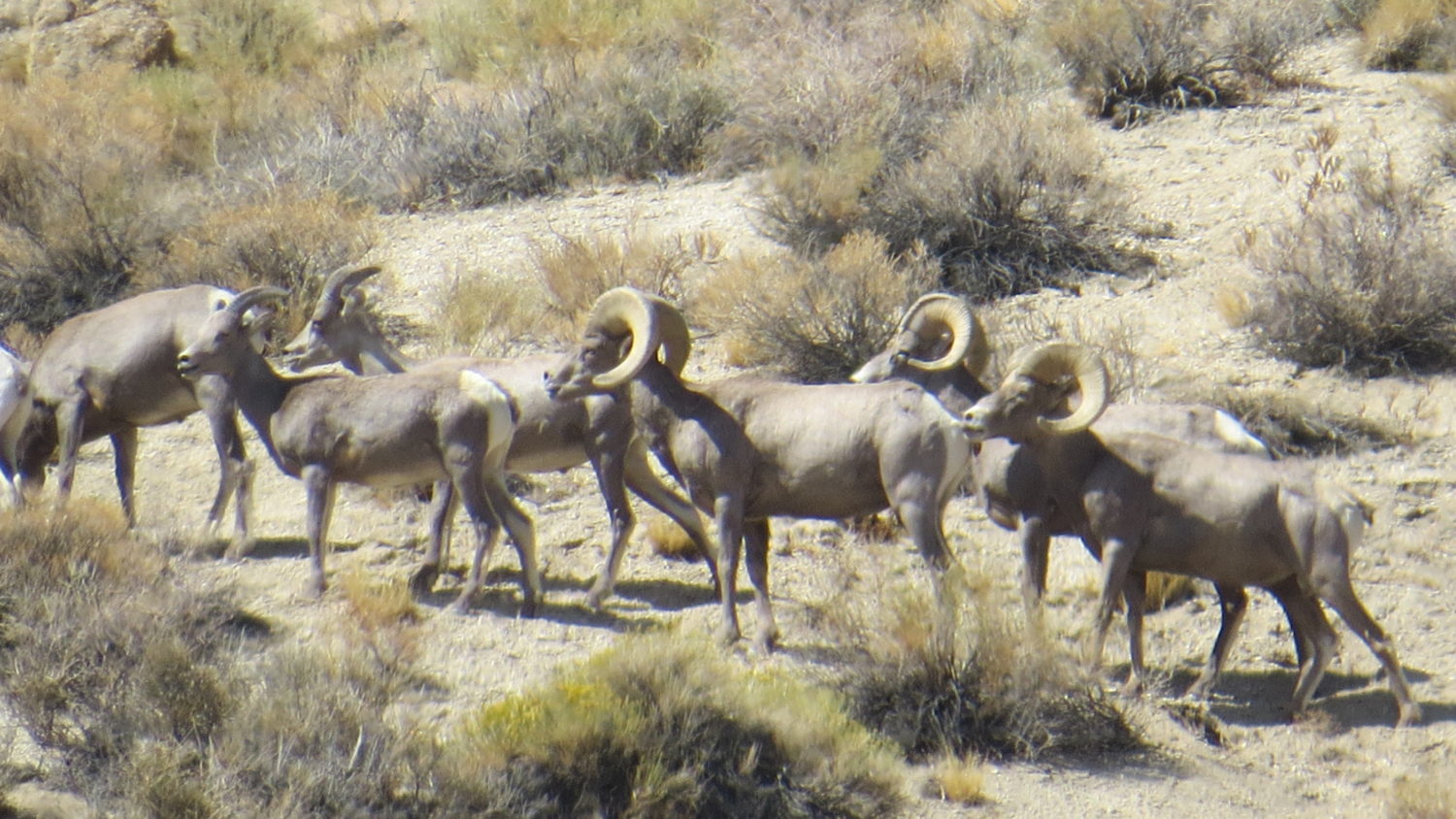
Nevada Department of Wildlife biologist Jason Salisbury, who was involved in developing the original RMP proposal, says that the beauty of backcountry conservation areas is the active management component. In other words, implementing this tool adds a layer of protection for habitat, while maintaining the BLM’s ability to build guzzlers, protect springs, remove pinyon pine and juniper, and implement other habitat improvements. This allows a good biologist, like Jason, to achieve his management goals more easily.
Thanks to @NBU, @NvDOW & @thetrcp, a backcountry guzzler now sustains a growing herd of bighorns. Click To TweetAnd on this particular day, he had more than 30 volunteers to help him. I was there with other members of Nevada Bighorns Unlimited to reconstruct a water catchment—or guzzler—built ten years ago. The guzzler was still fully functional, but the original design didn’t have the capacity to serve the number of bighorns that depend on it now. In Nevada’s arid climate, water is often the limiting factor for populations of desert bighorn and other wildlife. This area has very few natural springs, so several guzzlers have been built by sportsmen’s groups like NBU to provide adequate drinking water and better distribute sheep throughout the range.
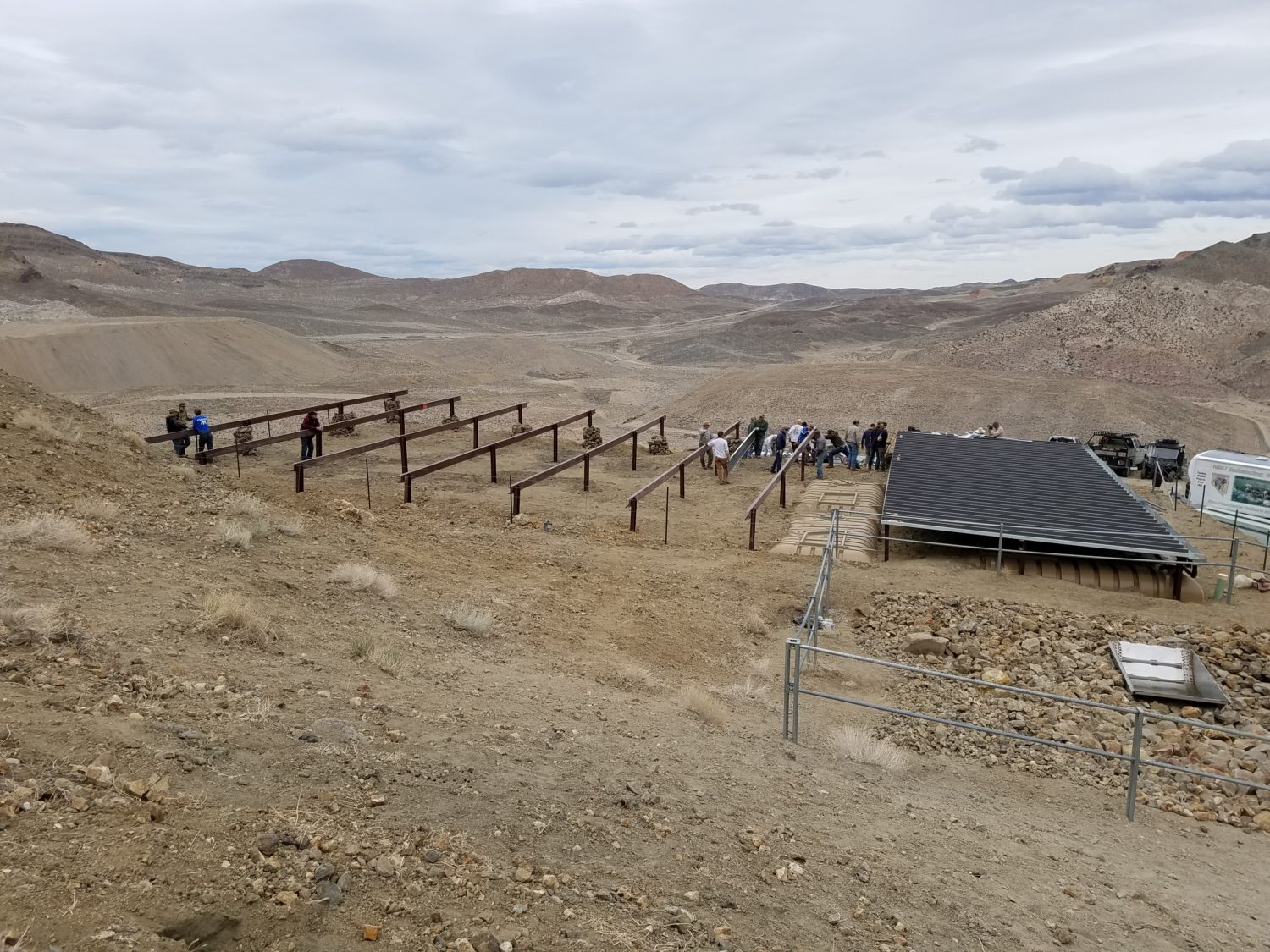
NDOW employees had worked during the previous week dismantling the existing guzzler and setting storage tanks in the ground. The guzzler we rebuilt that day will store about double what the previous one held, or nearly 12,000 gallons of water collected on a 50-by-90-foot apron—the largest one I have ever worked on. This presented us with some definite construction challenges. Finding a big enough area to make a level system required moving a lot of rocky material. Moving the rocks and digging the many holes for posts was made much easier by NDOW’s skilled backhoe operator. By 5 p.m., our work was nearly done.
We only had to haul several thousand gallons of water to the site the next morning.
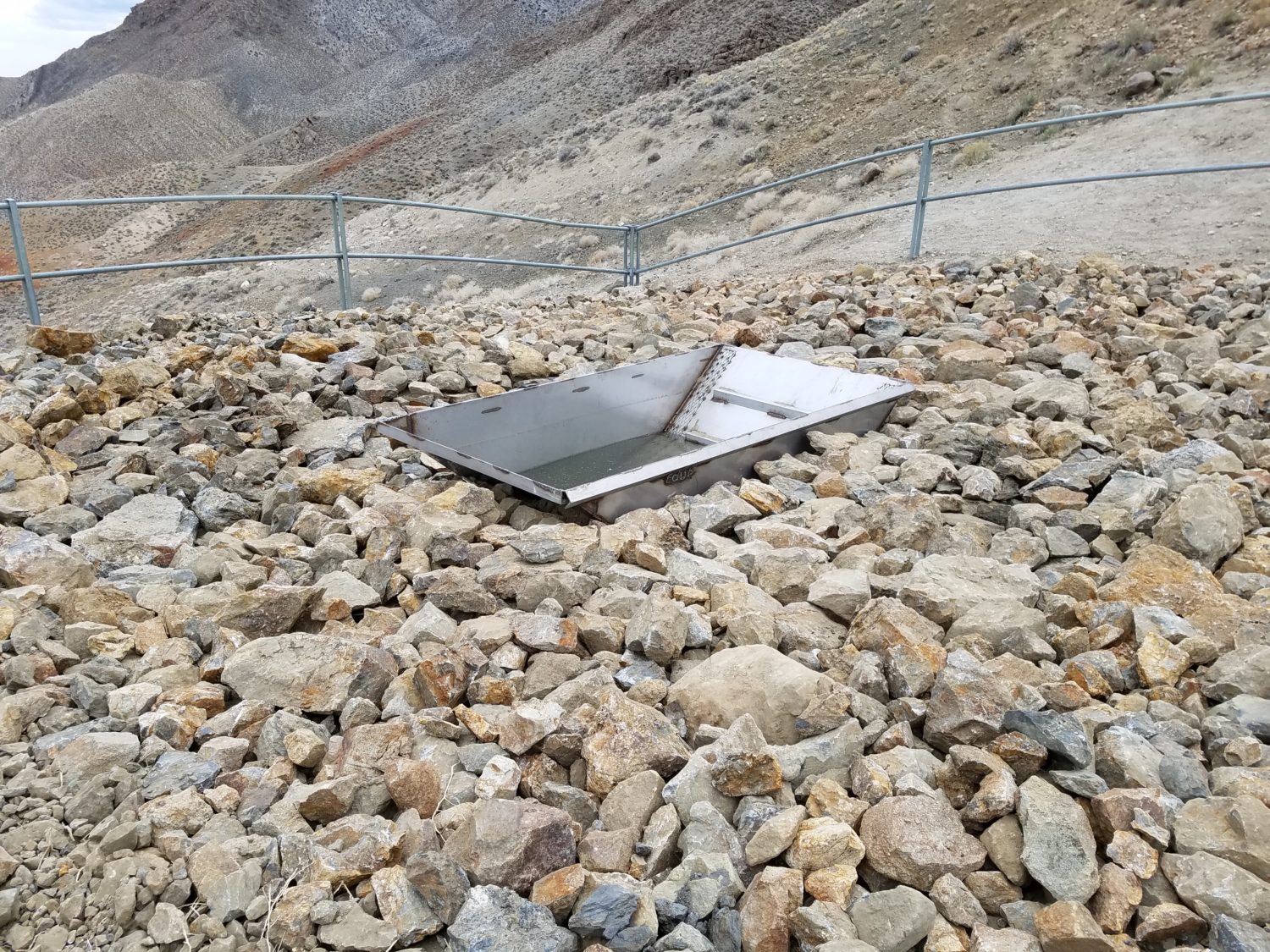
Even with that labor ahead of us, I couldn’t help but feel proud of the real, tangible conservation work we’d accomplished as I drove home. Knowing that more than 80 bighorns we’d observed at the old guzzler would now have enough water to get them through the hot summer months made the effort worthwhile.
So often, the connection between the conservation policies and practices we talk about and the results we’re trying to achieve can seem less than tangible. Here’s what’s clear: The importance of well-coordinated management for wildlife habitat cannot be understated, especially since it is linked to the future of our hunting traditions. And as sportsmen, it’s our responsibility to get involved in the ways we can, whether that’s volunteering for a project like this one, getting involved with a conservation organization, or writing a letter to a policymaker. Jason—or any biologist—will tell you that all of these are crucial to conservation.

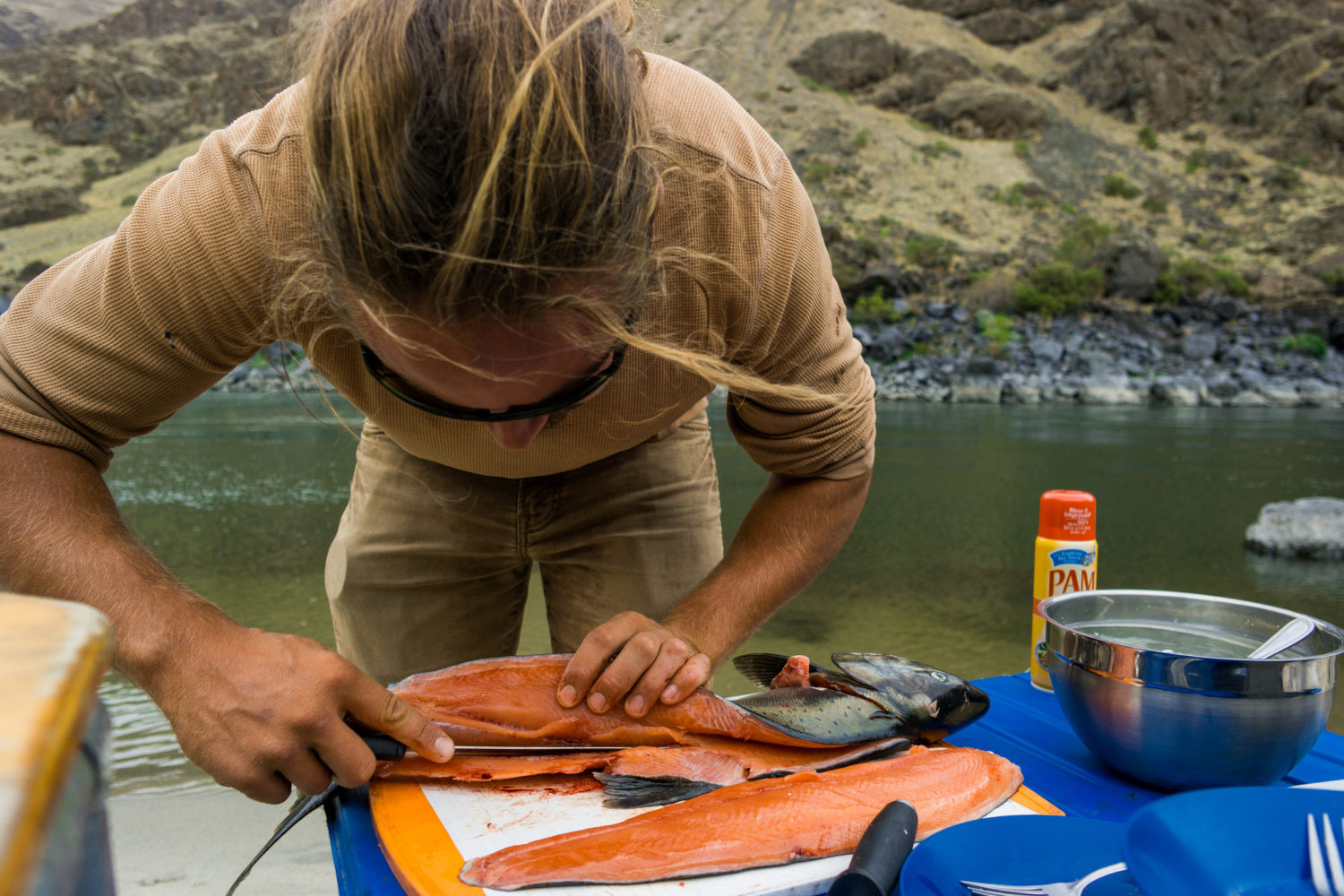
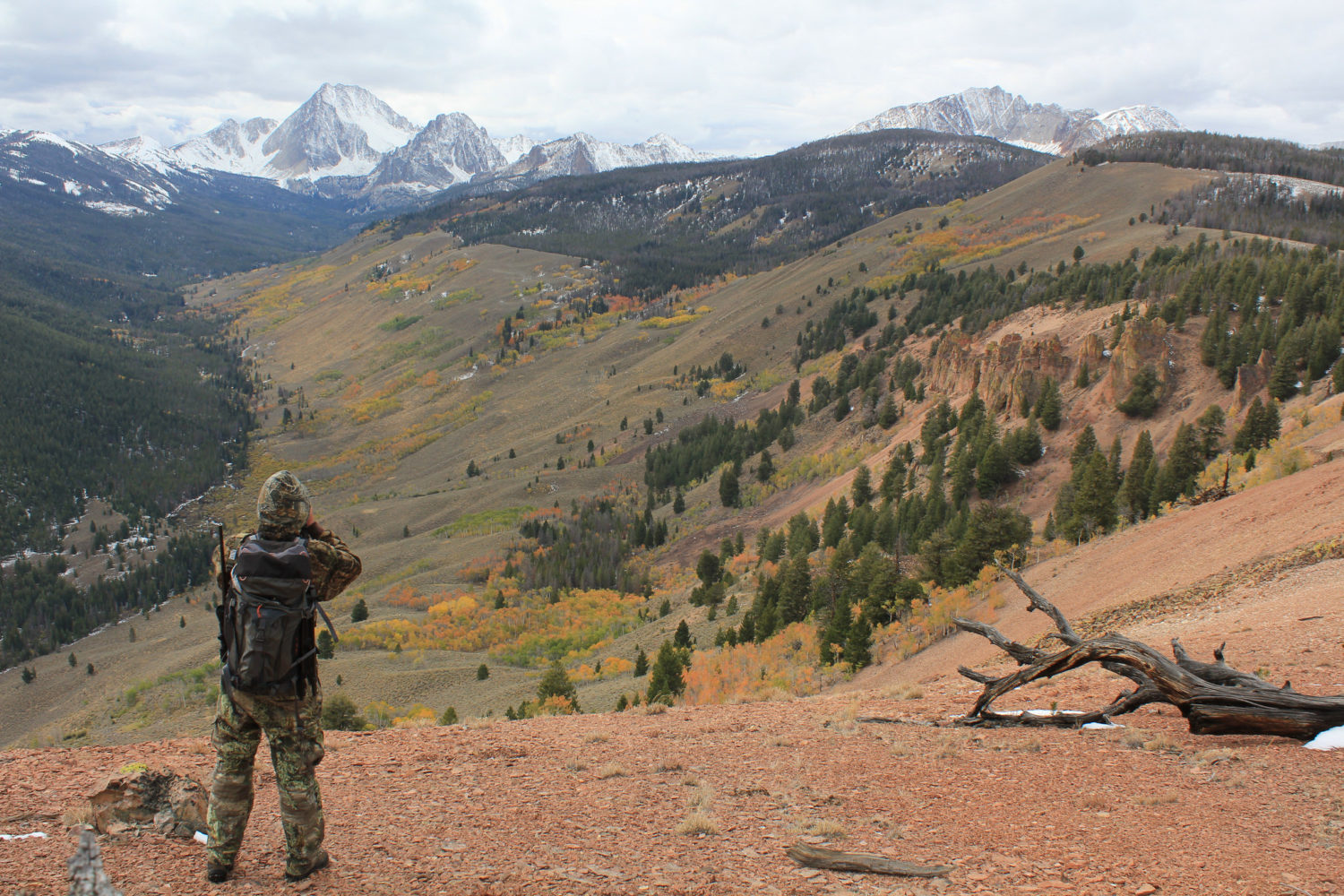
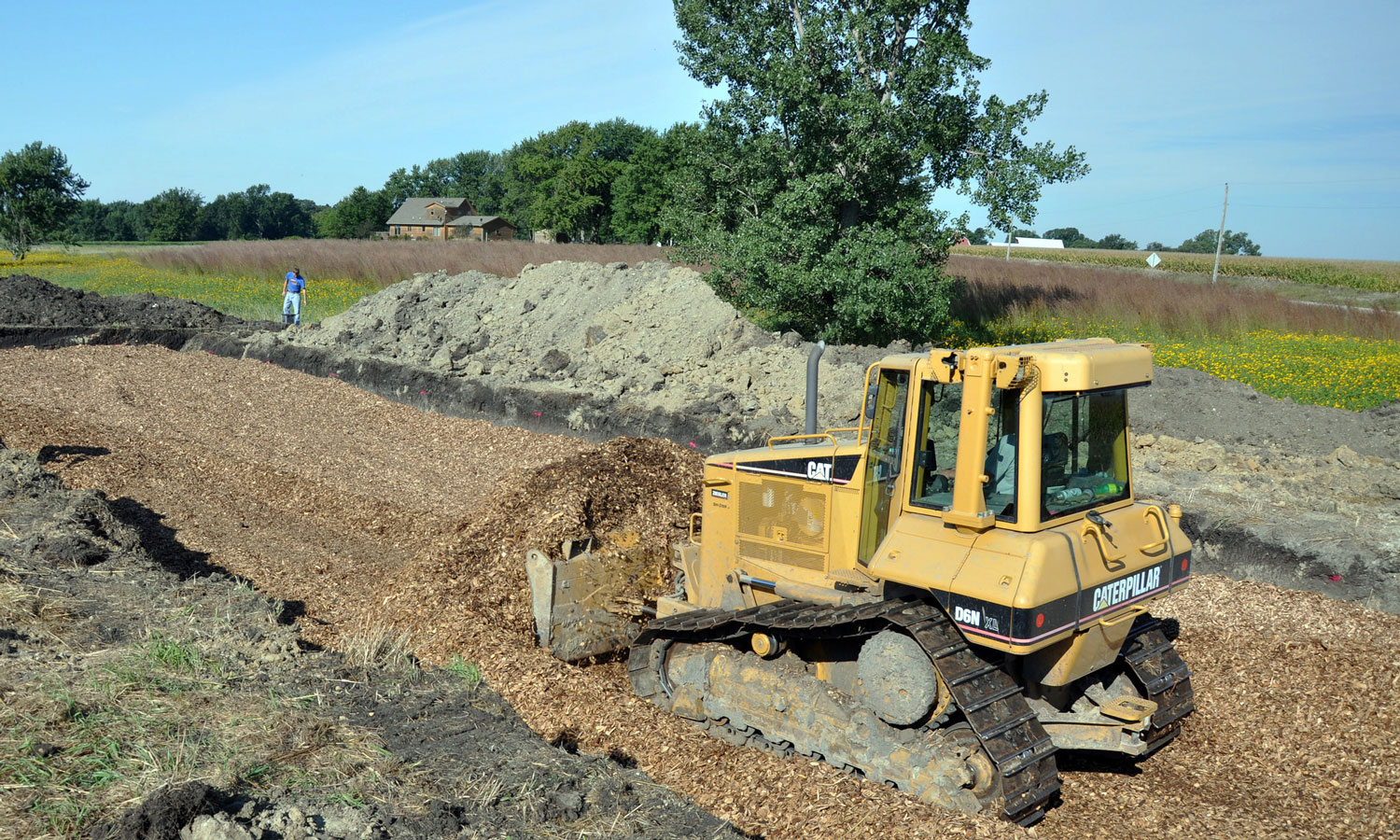
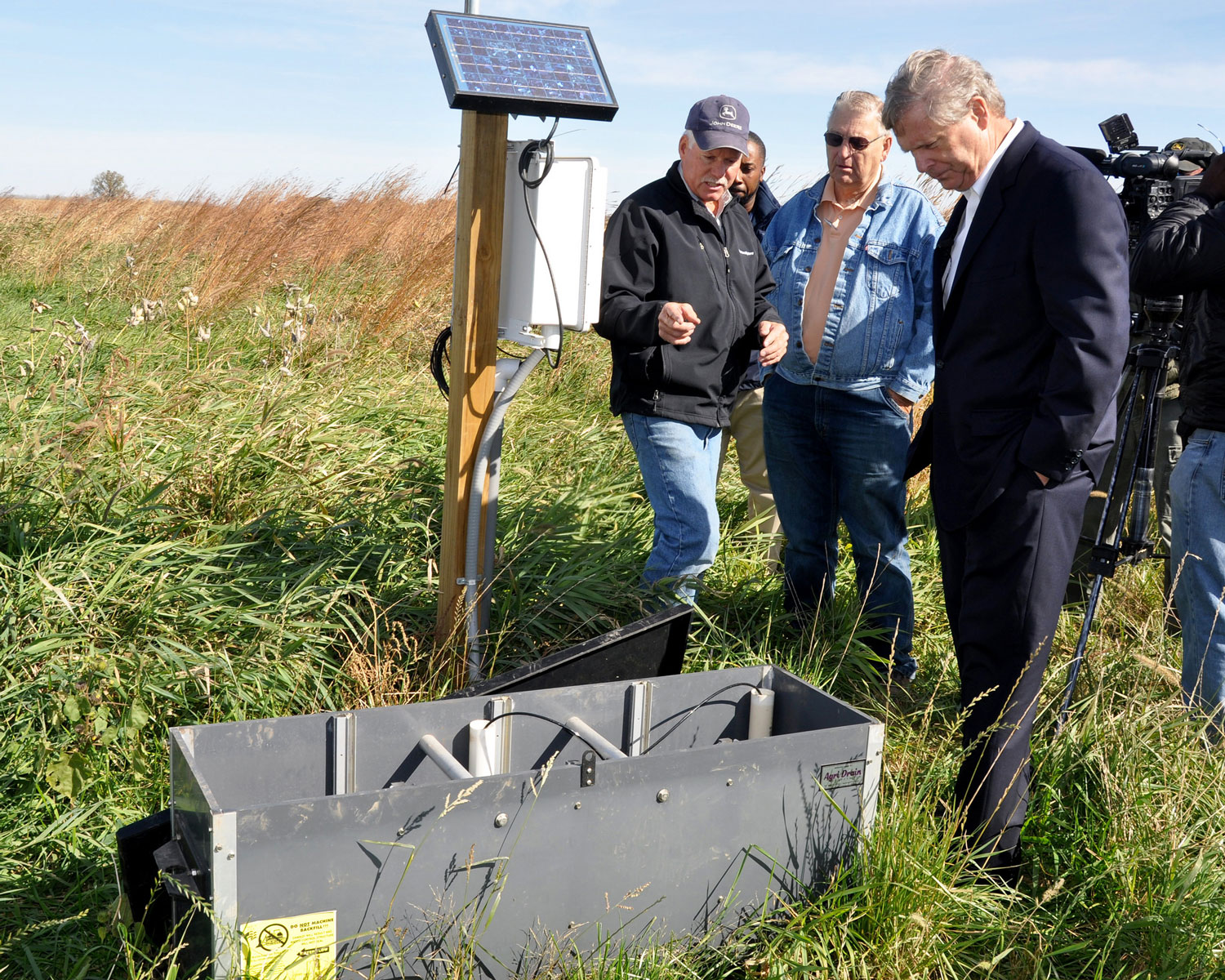
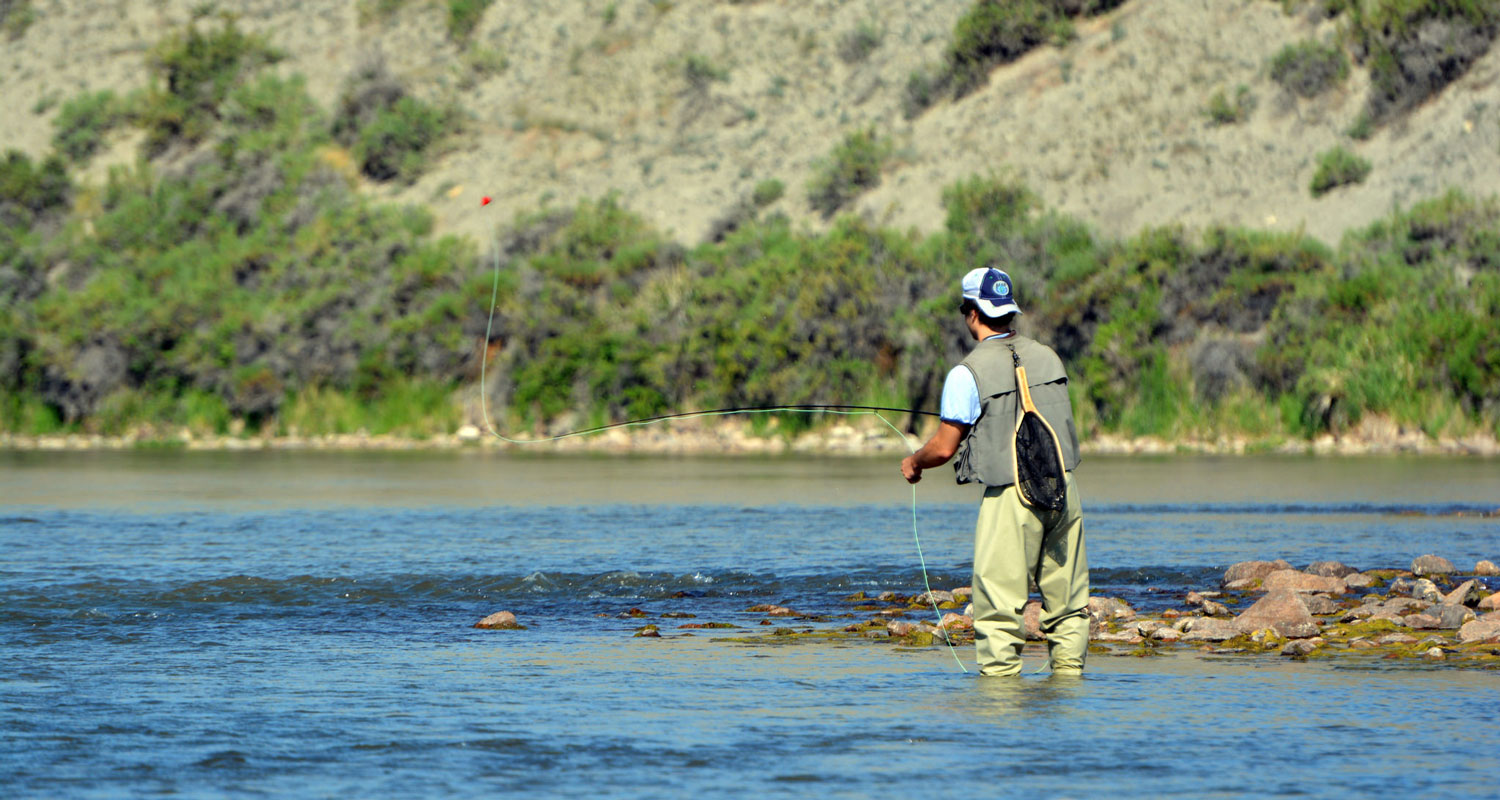




Great job, great reading about grass roots tangible efforts.
I have helped in the construction of numerous guzzlers in both Oregon and Washington. In Central Oregon I helped with a collection apron of tar and fiberglass on the ground, about an acre in size, to fill a huge tank, built on site as well.
The problem, temporarily repaired here, is one that is systemic everywhere I have seen guzzlers. Enthusiasm from biologists and volunteers alike to construct the shiny new guzzler. But months and years later, no one has done the necessary maintenance. The guzzlers fill with sediment, plumbing gets fouled up, and collection aprons of all sorts get damaged in numerous ways. All of these guzzlers would benefit from annual, and sometimes semi-annual maintenance. I have tried to generate interest in Eastern Washington to catalog all of the guzzlers and set up volunteer groups to do the maintenance. However, not much interest from WDFW, BLM, or USFS in “devulging” where all of their guzzlers are. Often, only the employee who arranged the installation knows where they are. If that employee moves on, no record exists to even find them again.
If you want to make a lasting difference, put a maintenance plan in place!
Richard, I agree, maintenance is critical. In Nevada the volunteer network is very strong and many of the same people who help build these guzzlers spend a good amount of time going back later to make sure they are operational. Nevada Bighorns Unlimited volunteers often revisit their work. In the southern part of the state the Fraternity of the Desert bighorn asks it’s volunteers to plan maintenance visits through the course of the year. The NDOW habitat division has two full time crews who do new guzzler construction and maintenance and NDOW biologists are diligent about checking their guzzlers.
As for the locations of the guzzlers NDOW publishes a Water Development Atlas available at NDOW.org and most NDOW offices. It’s well worth the investment.
Thanks for reading!
Please also acknowledge the other groups who help with these builds. NDOW and Nevada Backroads pitch in on these also. It’s not just NBU doing these.
Dave,
You are absolutely correct. By mentioning Nevada Bighorns Unlimited I did not mean to slight any other groups who volunteer. NBU is the organization who does most of the project organization, brings the tools, feeds the volunteers and funds a major portion of these projects. Nevada Back Roads has become a great partner and their members have turned out and busted their tails for sheep. There are also many other organizations who make volunteer projects like this one work for wildlife. Fallon NBU, Midas NBU, Elko Bighorns, Fraternity of the Desert Bighorn, Wild Sheep Foundation, Nevada Chukar Foundation, Nevada Muleys… the list goes on and on. I know I am missing important players. If anyone reading this would like to post a comment with their organization or anyone I have forgotten please do! In no way were group names left off on purpose.
Carl
Carl well written piece on the conservation effort in northern Nevada. Richard hit the nail on the head with the up keep of existing water development projects. Some of us have been discussing putting a “guzzler maintenance” schedule together for some time. It was envisioned as “adopt a guzzler” (which I believe is in place in southern Nevada) where individuals would volunteer to take a guzzler or several and visit yearly or so and make a report on the guzzler with some photos. if the guzzler needed repairs that would be in the report. the problem comes into place finding someone to document and schedule the needed repairs. We continue to hear that NDOW staff are overloaded with current commitments. it would be a blessing if some of the NGO’s could put a committee together to meet and document the needed repairs as they arise. I know I would be one of many that would adopt some guzzlers. Thank you for your continued support